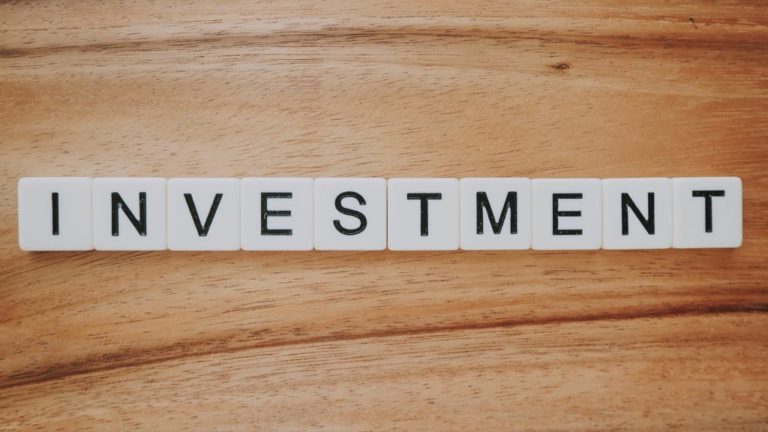As a small business owner, you’re faced with decisions every single day. One of the most critical decisions you will face is where to invest money in your bike shop and how to determine if it’s worthwhile.
Investors and analysts love to talk about ROI. But what is ROI exactly? How do you calculate it? And how can you use it to determine the health of your bottom line?
We’ll discuss the best way for the average small business (bike shop or otherwise) to conduct an honest ROI analysis. We’ll also discuss how to analyze the investments you’re making.
How do you calculate return on investment (ROI)?
ROI or return on investment is a metric used to measure the profitability of an investment. It is a key metric used to determine the attractiveness of investment opportunities. And it’s a way to determine the value a growth opportunity might add to your business.
This metric could be used to measure an investment in a certain area of the business like a customer acquisition software program, a new pricing policy, a capital equipment investment, or marketing spend.

There are multiple ways to calculate ROI, but we’ll keep it pretty simple today.
Just calculate your return, which would be the dollars gained from the investment minus the dollars invested and deduct any additional costs.
Return = $ gained – $ invested
Then take your return and divide by your initial investment.
ROI % = Return / Initial Investment * 100
We multiplied by 100 to transfer the ROI from a ratio to a percentage. It’s easier to interpret this way.
Here’s an example.
You purchase a building to use as a warehouse for $100,000. After three years, you sell the building for $180,000. During the three years, there was a total of $20,000 in building costs. These additional costs associated with the investment would be deducted as part of the return calculation.

- To calculate the return, we’d first determine the gain. $180,000 – $100,000 = $80,000, less the $20,000 in costs comes out to a return of $60,000.
- Next, we divide the return by the initial investment to get the ROI: $60,000 / $100,000 *100 = 60%
The ROI is 60%
Naturally, this calculation is not always this simple. Often an investment spans many years so the time value of money should be considered. But we’ll stick to the basics.
I’ve Calculated the ROI. Now What Do I Do With It?
Now we know how to calculate ROI, but what does a ROI of 60% mean? And what do you do with it?
Using the ROI analysis will help you determine if a particular purchase, campaign, or business event was worth the investment.
Keep in mind that your ROI numbers are relative. A positive ROI is better than negative, and larger is better than smaller. But also compare to relevant industry metrics to make sure you’re on track with competitors. If you’re showing a 20% ROI on a particular business category while your competitors are in the 40% range, you have a potential issue.
Marketing ROI & Challenges
Performing an ROI analysis on your marketing investments can get a little complicated because it’s tricky to determine exactly where a customer learned about you.
Even so, try to calculate the dollar return for a category (like Facebook Ads) so you can easily determine if your investment was worthwhile by dividing the $ return by the initial investment to see ROI.


How To Analyze Your Investments
Now that you know more about ROI, consider calculating the ROI for your current projects and past business purchases. See if your marketing spend for December was ROI positive. Keep ROI metrics part of your standard reporting so when it comes time to make a change, you are able to use hard data for decision making. Ideally, you will begin turning to the ROI calculation first when evaluating new opportunities to grow your store.
It’s nearly impossible to calculate ROI on things like social impact and environmental consciousness, but continue to pursue the intangible areas of your business that attract customers and further your shop’s brand and local appeal.






